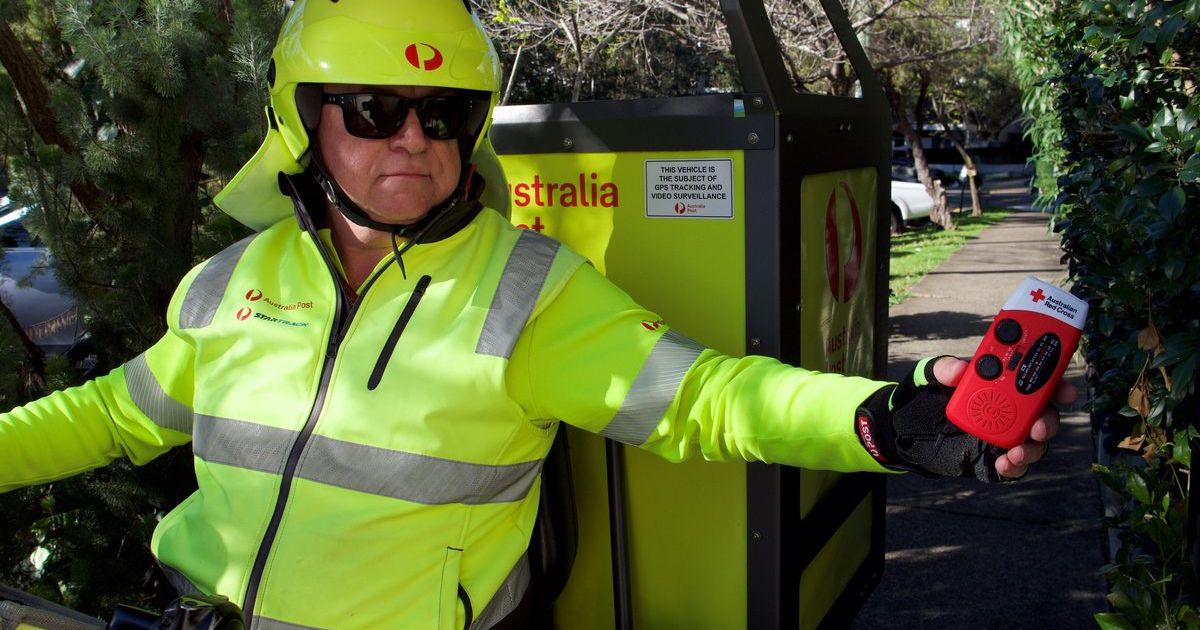Heathcote in the 1960s
HEATHCOTE underwent many changes in the 1960s.
The construction of Lake Eppalock saw a steady influx of campers who came to sail, fish, swim, and water-ski on the newly created body of water.
There was a housing boom and links with the outside world improved as arterial roads were upgraded.
Local recreation facilities received a boost with a new Scout hall and the Heathcote’s two football clubs merged in a successful bid to stay viable.
The McIvor Times celebrated its 100th birthday in 1963 with a series of commemorative articles.
By that point, Jack Bailey had been the editor for 40 years and when he died in 1968 his son Colin took over until 1980.
A new home
Heathcote Scouts gained a place of their own in 1960 and the opening ceremony was described in flowery terms by the McIvor Times.
Published 6 April 1960
Opening of the Scout Hall
The official opening of the First Heathcote Scout troop’s Hall – a commodious former army hut transported from Puckapunyal and re-erected on the hill side facing Barrack Street.
It was officially opened on Saturday afternoon in the presence of a large crowd of interested parents and citizens and many local and visiting Scouts and Guides.
The Chief Scout Commissioner of Victoria (Major-General RJH Risson) performed the opening ceremony, and congratulated the committee of the Heathcote group on their enterprise and choice of location.
The scene was a picturesque one enhanced by the brilliant autumn sunshine.
The freshly painted Hall, the completion and preparation of which occupied months of hard work for a number of public-spirited parents of district Scouts, looked particularly attractive with lines of flags adding colour to the rustic setting in which it has been built.
Visitors were loud in their praises of the committee’s choice of location, which gives a view of tree-lined Heathcote, with the water of the Swimming Pool showing a coloured spot in the middle distance.
On the road to Heathcote
The Country Roads Board initially renamed the Heathcote to Bendigo road as the Eppalock Highway when it was gazetted in 1960.
After submissions from adjoining council districts this was changed to the McIvor Highway.
Published 14 September 1960
The New Highway (edited extract)
Change of name suggested to “McIvor”
A letter read to the September meeting of the McIvor Council intimated that the Strathfieldsaye council considered the name “Eppalock Highway” given to the Heathcote Bendigo Road could be misleading and asked the views of McIvor Council.
The CRB gave official notification of the declaration of the Heathcote-Bendigo Road as the Eppalock Highway as from 10th August, 1960.
The Shire of Strathfieldsaye wrote stating that it was a pleasure to learn the Heathcote-Bendigo Road had been gazetted a highway, but was disappointed to learn the title under which the road is to be known.
It was thought the name “Eppalock Highway” may be misleading to the public, as the highway does not join the new Reservoir and is not in the Parish of Eppalock or near the district of that name.
The Shire Engineer (Mr DG Lyall) said he had referred the matter to Mr Upton, Divisional Engineer of Bendigo, who had asked what name could be suggested.
Cr Ross: what about calling it the “McIvor Highway,” which would perpetuate a link with the pioneers.
Other Councillors considered the suggestion a good one, and on the motion of Crs Ross and Hill it was decided to put the matter up to the Country Roads Board.
Cr Hill said the road from Bendigo was known as “McIvor Road,” and “McIvor Highway” would be the most suitable.
Lake Eppalock
The construction of the Eppalock Weir, known generally known as Lake Eppalock, brought changes to the Heathcote district in the late 1950s and early 1960s.
The new lake attracted hordes of holidaymakers who came to camp on its shores.
Published 22 June 1960
Eppalock Weir Starts Off With a Bang (edited extract)

On Thursday, 9th June, a series of events was the prelude to the big explosion, set off by remote control when Premier Bolte pressed a button, which heralded the official commencement of the 5 million lb Eppalock Weir.
Over 1000 people assembled near the site of the proposed new Eppalock embankment for the principal event of the day – the explosion to mark the official commencement of work.
“Eppalock will contribute greatly to the development of this State,” Mr Bolte said.
“This dam will cost £3 million in construction with another £2 million for additional services or during its completion.
“That in turn will mean an additional £2 million in primary production – a very valuable contribution to the progress of the state.”
Published 28 April 1964
Official Opening at Eppalock (edited extract)
Premier Bolte makes a big splash
A large and representative crowd of interested people, accommodated on the lawn in the picturesque area at the foot of the Eppalock Weir wall fronting the newly completed pumping station, heard the State Premier (Mr HE Bolte) officially open the project and saw the spectacular spray of water as he operated the regulating valve to discharge water from the storage into the pipeline that leads to Bendigo.
The ceremony marked the completion of the Eppalock Dam and the building of the Pumping Station and the Eppalock-Bendigo pipeline.
The afternoons program opened with selections by the Bendigo Highland pipe band which was followed by welcome speeches to the distinguished.
Mr Bolte replied to the welcome extended to him and expressed his pleasure at being there to see the amazing progress that had been made.
He commended all those responsible for the planning, building and completion of the project.
He said Eppalock was the fourth largest Reservoir in Victoria, exceeded in capacity only by Eildon, Waranga and Rocklands.
With a full capacity of over 250,000 acre-feet of water, it covered 8,000 acres with an average depth of 31 feet and a maximum of 123 feet near the dam wall.
Going for goal
The future of district football was under discussion in early 1968. North Heathcote and South Heathcote had amalgamated into the Heathcote Football Netball Club in late 1967 as clubs struggled to stay viable, Tooborac Football Club eventually disbanded in 1987.
Published 19 March 1968
HDFL Saved for This Season (edited extract)
All Clubs to Affiliate
The adjourned annual meeting of the Heathcote District Football League overcame early difficulties on Friday night and planned the 1968 season with the previous six clubs affiliating.
There will be no inter-league match, the season opening on 27th April and ending on 7th September.
Cr Stan Rainey, representing Tooborac, reported that his club had decided to field Seniors and Seconds, and at the end of the year would let the League know whether it intended to carry on in the future.
Mr D Smith reported that Elmore had decided to affiliate with the proviso that a penalty should be imposed on any club that defaults in playing its matches.
With these hurdles over, the league resolved to affiliate with the Bendigo district of the Victorian Country Football League.
The leagues rules were closely examined, and the matter of Club radius brought up some discussion.
A motion by Mr G Tuohey (Mount Pleasant) and F Connally (Heathcote), that each club be granted a radius of 40 miles, was carried after an amendment by Cr Rainey (Tooborac) and Mr Wright (Colbinabbin) that the Heathcote Elmore and Rushworth radius be reduced to 20 Miles and Colbinabbin Mount Pleasant and Tooborac remain at 40 miles, but was withdrawn after a lot of discussion.
Mr Wickham said Heathcote had a player who had always played with the club but was now married and living at Seymour; the amendment would have the effect of debarring him.
Mr Smith said Elmore will have difficulty in scratching up to teams, and had already approached players up to 40 miles, if the amendment was carried it would “make galahs’ of Elmore, he said.





















